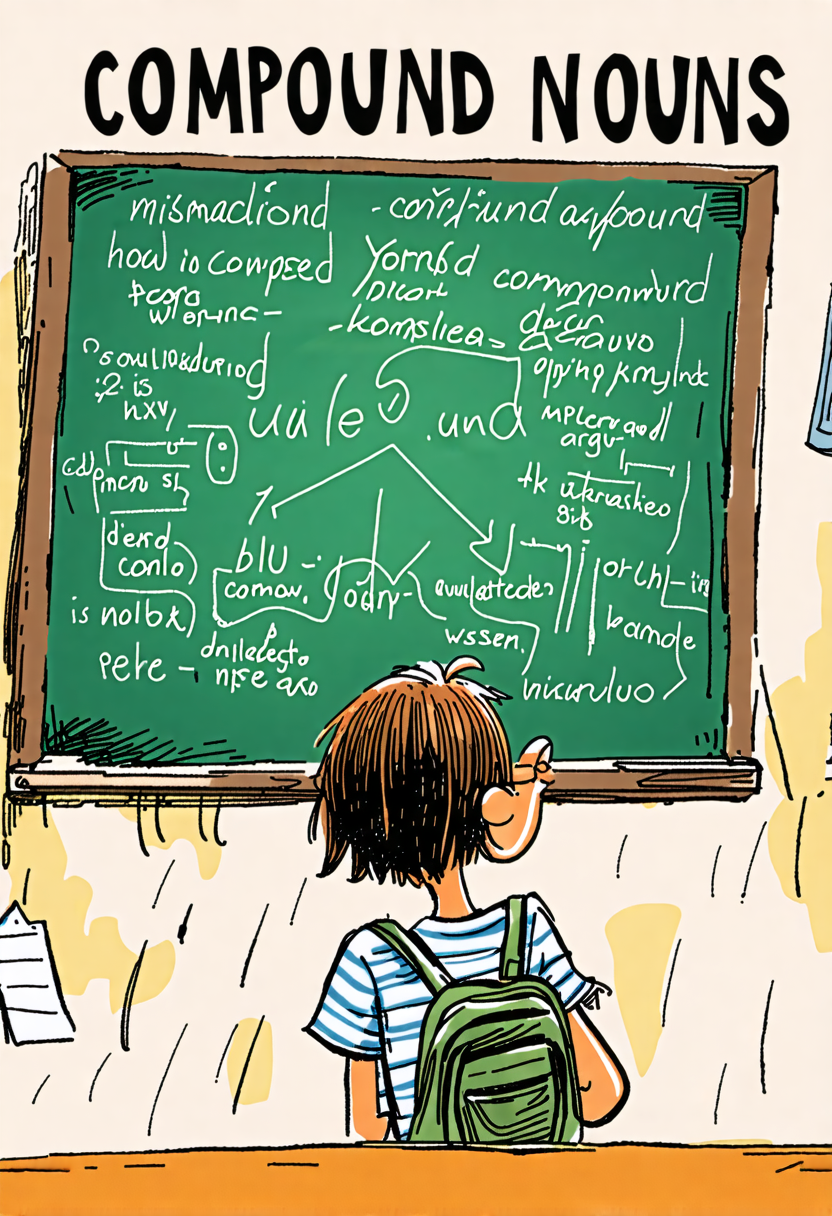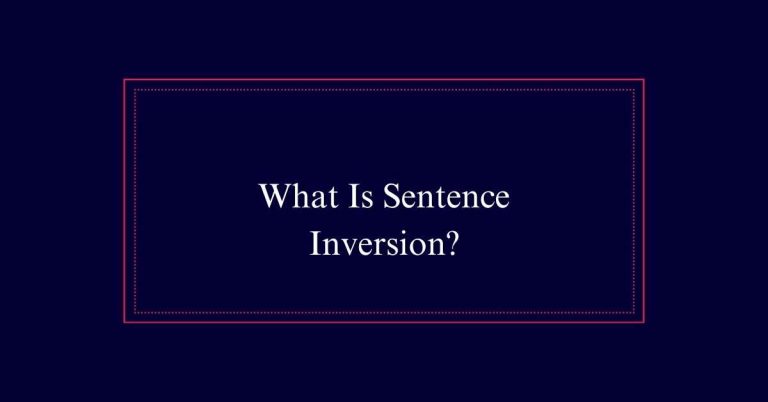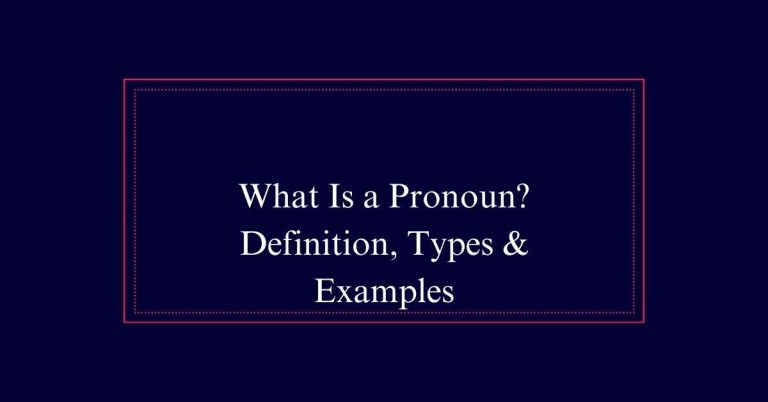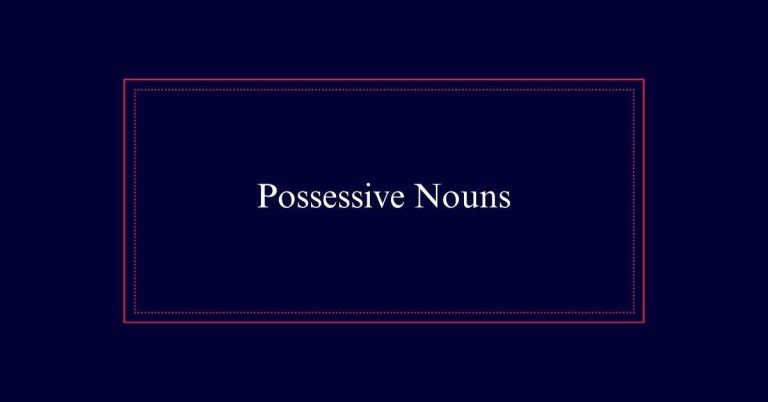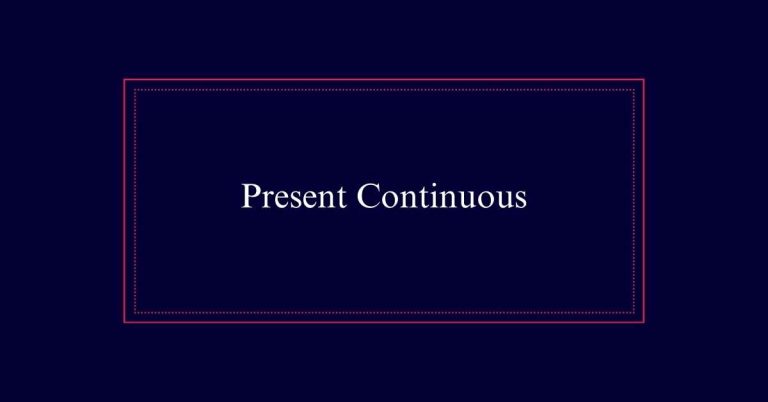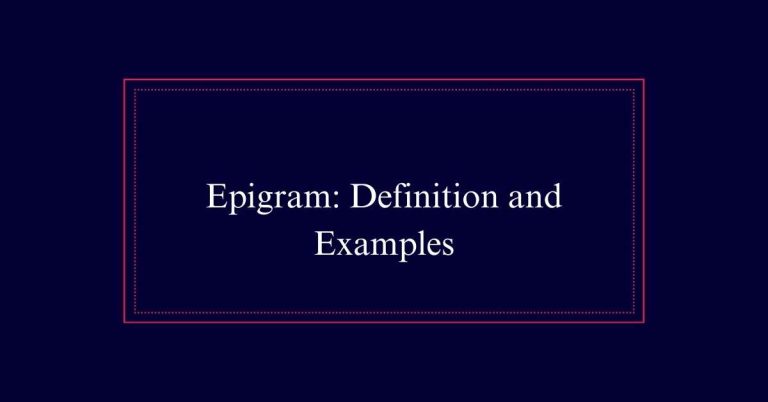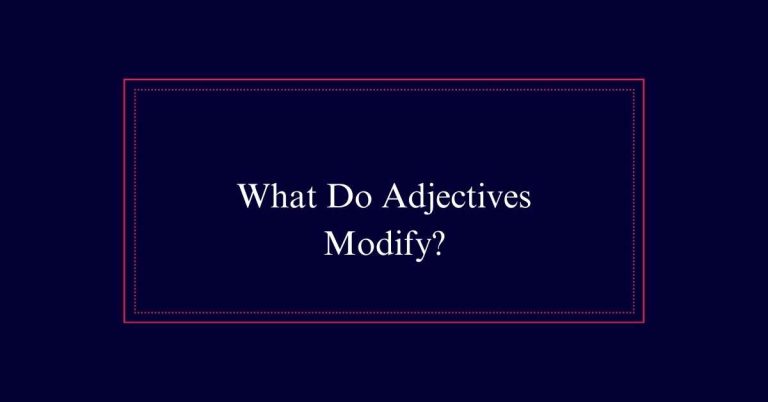Compound Nouns
Compound nouns combine two or more words to form a single noun with a unique meaning. They come in three types: closed (e.g., toothpaste), hyphenated (e.g., mother-in-law), and open (e.g., school bus). Each type conveys specific meanings and follows distinct rules.
What Are Compound Nouns?
Compound nouns are nouns created by combining two or more words to form a single concept. These combinations can include various grammatical categories. For instance, a compound noun might consist of an adjective and a noun, such as ‘blackboard,’ or two nouns, like ‘toothpaste.’
The significance of compound nouns is to convey specific ideas more precisely than individual words alone. They can be common nouns, proper nouns, or abstract nouns. By merging words, compound nouns provide clarity and specificity in communication. Understanding their formation is vital for effective writing and speaking.
Types of Compound Nouns
There are several types of compound nouns, each categorized by how the individual words are combined.
The first type is closed compound nouns, where the words are joined without spaces, such as ‘toothpaste’ or ‘football.’
The second type is hyphenated compound nouns, where the words are connected by a hyphen, like ‘mother-in-law’ or ‘six-pack.’
The third type is open compound nouns, where the words are written separately but function as a single noun, such as ‘post office’ or ‘real estate.’
Forming Compound Nouns
Creating compound nouns involves combining two or more words to form a new noun with a distinct meaning. These words can belong to different grammatical categories, such as adjectives, nouns, or verbs.
For example, ‘toothpaste’ merges a noun and a verb, and ‘sunflower’ combines two nouns. The new noun created often conveys a specific concept not easily expressed by the individual words alone.
When forming compound nouns, it is essential to follow language rules and consult reliable references. Variations in compound noun formation may exist between American and British English.
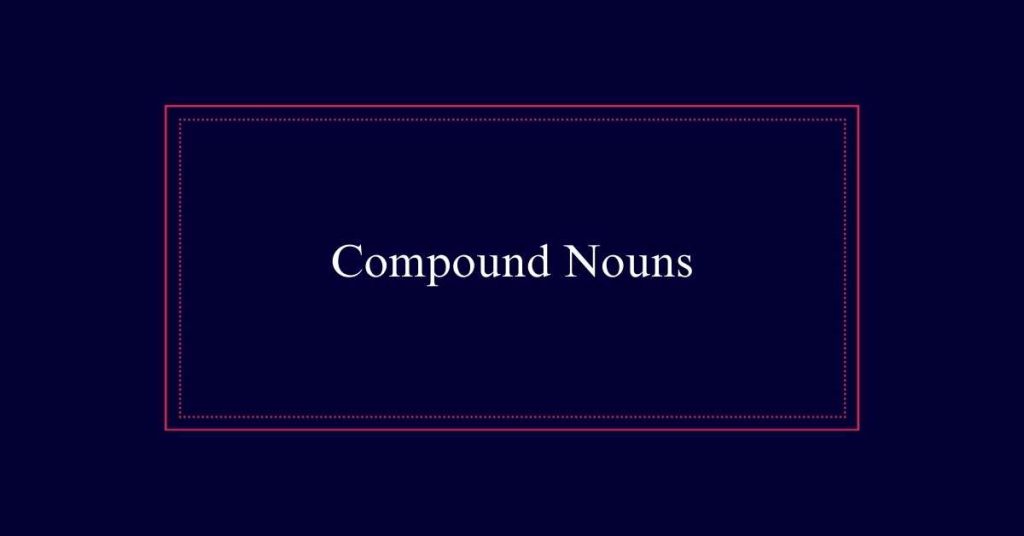
Grammatical Categories
When forming compound nouns, it is essential to understand the grammatical categories of the words being combined. A compound noun can consist of nouns, adjectives, verbs, or prepositions.
For example, ‘toothbrush’ combines a noun and a verb, while ‘blackboard’ combines an adjective and a noun. These combinations create a new meaning that may not be obvious from the individual words.
Functions of Compound Nouns
Compound nouns serve specific functions that enhance clarity and precision in communication. They provide a concise way to express complex ideas by combining words into a single entity. This fusion helps avoid ambiguity, making the meaning clear and direct.
For instance, ‘toothpaste’ conveys a specific product for cleaning teeth, eliminating the need for a longer description. Additionally, compound nouns can encapsulate unique concepts or objects not easily described by individual words alone, such as ‘software’ or ‘keyboard.’
They also contribute to linguistic efficiency, allowing speakers and writers to communicate more effectively.
Rules for Usage
Understanding the functions of compound nouns lays the groundwork for mastering the rules that govern their usage. Compound nouns can be written as one word, hyphenated, or as separate words. The choice depends on convention and style guides.
For example, ‘toothpaste’ is written as one word, while ‘mother-in-law’ uses hyphens. Consistency is key; always follow the same pattern for similar nouns. When forming plurals, generally pluralize the main noun, such as ‘passers-by’ or ‘attorneys general.’ Be aware of irregular forms and consult style guides as necessary.
Compound Nouns Vs Phrases
Distinguishing compound nouns from phrases is essential for accurate communication. Compound nouns merge two or more words to form a single noun, conveying a specific meaning. For example, ‘toothpaste’ combines ‘tooth’ and ‘paste’ to describe a dental hygiene product.
In contrast, a phrase consists of separate words that maintain their individual meanings, such as ‘tooth paste’ referring to paste applied to a tooth.
In compound nouns, the first word typically bears more stress, differentiating it from a phrase where each word is stressed equally. Understanding this distinction helps in both written and spoken language.
Pronunciation and Stress Patterns
Recognizing the stress patterns in compound nouns is key to distinguishing them from phrases in both spoken and written language. In compound nouns, the stress typically falls on the first word.
For example, in ‘greenhouse’ (a type of building), the stress is on ‘green.’ Contrast this with the phrase ‘green house’ (a house that is green in color), where each word carries its own stress. This difference in pronunciation helps listeners and readers understand the intended meaning.
Stress patterns in compound nouns are consistent and provide a clear auditory signal. By mastering these patterns, one can effectively communicate and differentiate compound nouns from similar-sounding phrases.
Pluralizing Compound Nouns
Pluralizing compound nouns requires identifying and pluralizing the main noun component. The main noun is the word that carries the core meaning.
For example, ‘mother-in-law’ becomes ‘mothers-in-law,’ as ‘mother’ is the primary noun. In cases where the compound noun is a single word, like ‘toothbrush,’ you pluralize the entire word, resulting in ‘toothbrushes.
Irregular plural forms follow the same principle. For instance, ‘manservant’ becomes ‘menservants,’ focusing on the irregular plural ‘men.’
When dealing with hyphenated or spaced compounds, always locate the key noun for pluralization.
Style Guide Variations
Different style guides often present variations in the formation and usage of compound nouns.
For example, the Chicago Manual of Style prefers closed compounds, where two words are joined without a space or hyphen, like “notebook.”
The Associated Press Stylebook, however, may favor open compounds, where the words remain separate, such as “health care.”
Additionally, British and American English have differences; British English might use a hyphen in “co-ordinate,” while American English uses “coordinate.”
Consulting the relevant style guide for your writing context is important. These variations can impact readability and consistency in your text.
